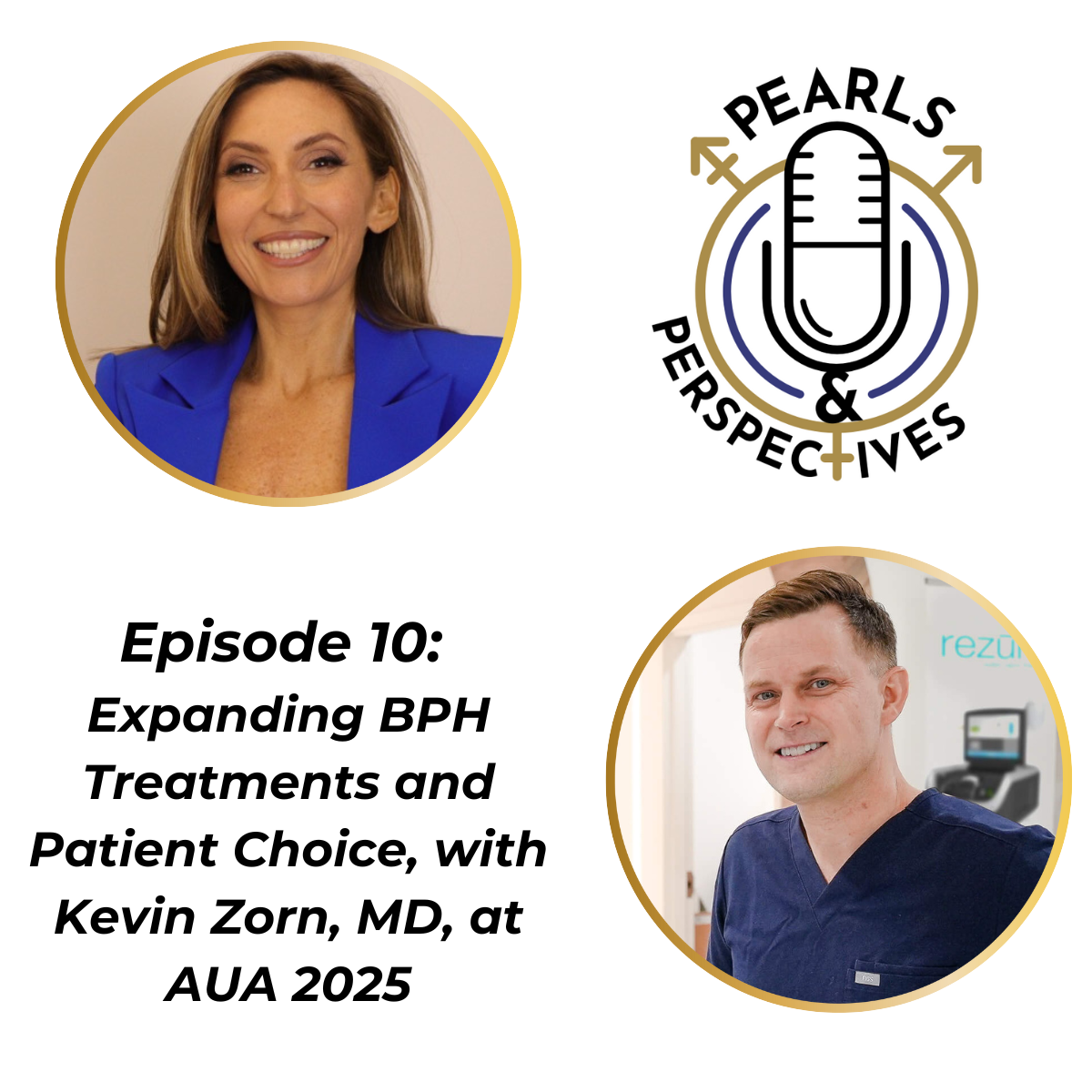Opinion
Video
Michael Schweizer, MD, shares data on mevrometostat plus enzalutamide in mCRPC
Author(s):
“We found that the median rPFS with the combo of mevrometostat plus enzalutamide was 14.3 months, which compared favorably with what we saw with the enzalutamide arm, where the median was only 6.2 months,” says Michael Schweizer, MD.
- Chapters
- descriptions off, selected
- captions settings, opens captions settings dialog
- captions off, selected
This is a modal window.
Beginning of dialog window. Escape will cancel and close the window.
End of dialog window.
This is a modal window. This modal can be closed by pressing the Escape key or activating the close button.
In this video, Michael Schweizer, MD, discusses the design of and key findings from the study, “Mevrometostat (PF-06821497), an enhancer of zeste homolog 2 (EZH2) inhibitor, in combination with enzalutamide in patients with metastatic castration-resistant prostate cancer (mCRPC): A randomized dose-expansion study.” These data were presented at the 2025 American Society of Clinical Oncology Genitourinary Cancers Symposium in San Francisco, California.
Schweizer is an associate professor at the University of Washington School of Medicine and a genitourinary oncologist at the Fred Hutch Cancer Center in Seattle.
Video Transcript:
How was the trial designed? What were the key end points?
This was a randomized dose expansion part of a larger phase 1/2 study that was testing mevrometostat, which is an EZH2 inhibitor, in combination with enzalutamide and comparing it to enzalutamide as a control arm. Again, this was a randomized phase 2 dose expansion part of the trial. Patients were eligible if they progressed on prior abiraterone and had evidence of disease progression per Prostate Cancer Working Group 3 criteria. They could have received no more than 1 prior line of chemotherapy as well. Patients who were qualified for the study [were] randomized 1:1 between either mevrometostat at a dose of 1250 mg twice daily on an empty stomach plus enzalutamide at its approved dose, vs enzalutamide alone, which was the control. Primary end point for the study was radiographic progression-free survival as well as safety. We also looked at objective radiographic responses and PSA50 responses as well, which is defined as a 50% [or more] decline in PSA.
What were the key findings?
[The] long and short of it is that it was a positive study. In terms of the primary efficacy analysis, which again, was radiographic progression-free survival, we found that the median rPFS with the combo of mevrometostat plus enzalutamide was 14.3 months, which compared favorably with what we saw with the enzalutamide arm, where the median was only 6.2 months. This translated to a 49% reduction in the risk of progression or death, or an 8-month improvement in median rPFS in total.
We also saw signs of efficacy in terms of objective radiographic response rates. The majority of patients had a decline in target lesion volume on study when treated with mevrometostat plus enzalutamide. The objective radiographic response rate in that arm was 26.7 months, also, again comparing favorably to the enzalutamide arm, where we saw an objective radiographic response rate of 14.3 months. We also saw the majority of patients with the combo had a PSA50 response with, again, a decline in PSA at 50% or more. Overall, 34.1% of patients had more substantial PSA declines, which compared favorably to the enzalutamide monotherapy arm as well.
In terms of safety, the majority of patients in both arms did experience at least 1 treatment emergent adverse event. There was a higher proportion of patients with serious treatment-related adverse events in the combination arm. But it's notable that almost no patients on either arm discontinued treatment due to a treatment-emergent AE. In terms of diving into the AEs that we saw, overall, a lot of these were related to GI toxicity, with things like diarrhea, nausea, [and] decreased appetite being more commonly seen with the mevrometostat plus enzalutamide arm.
The last thing I'd mentioned about toxicity is this study also included a food effect cohort where they looked at giving a lower dose of mevrometostat with food. So, this would be 875 mg twice daily, as compared to the dose that was tested in the randomized part of the trial I just mentioned, which was 1250 mg twice daily on an empty stomach. What they found was that overall, the PK was almost identical between those 2 dosing strategies. But importantly, patients who got treated with the 875 mg dose with food actually had much better tolerability, with about half as many GI toxicity events compared to patients who got treated with the 1250 mg twice daily on an empty stomach dose.
All that taken into consideration, this drug is moving forward in 2 phase 3 studies. They're actually testing the lower dose, the 875 mg with food, based on the improved safety profile and similar PK profile overall.
This transcript was AI generated and edited by human editors for clarity.










2 Commerce Drive
Cranbury, NJ 08512
All rights reserved.







